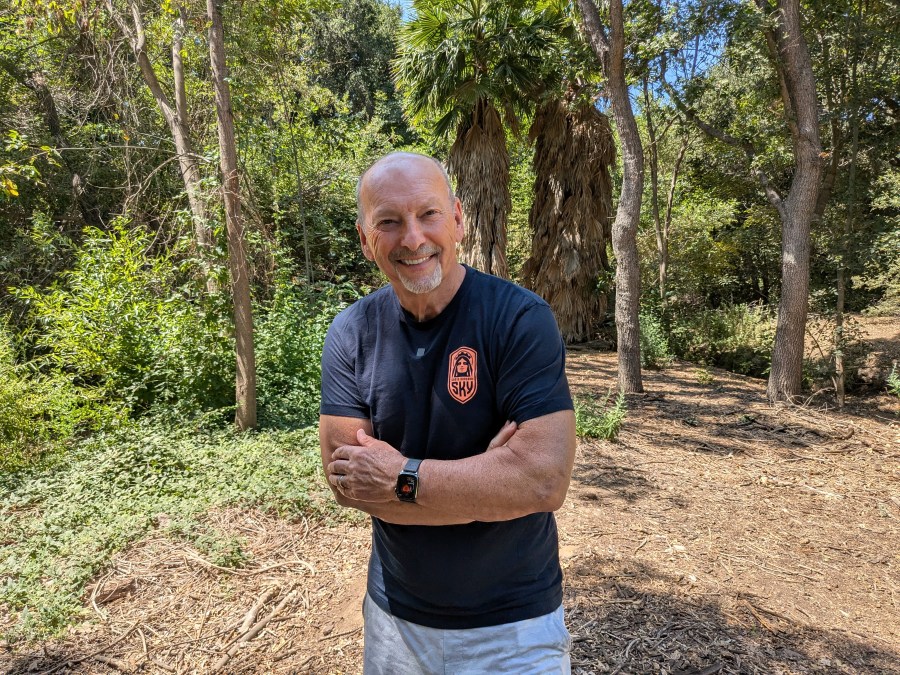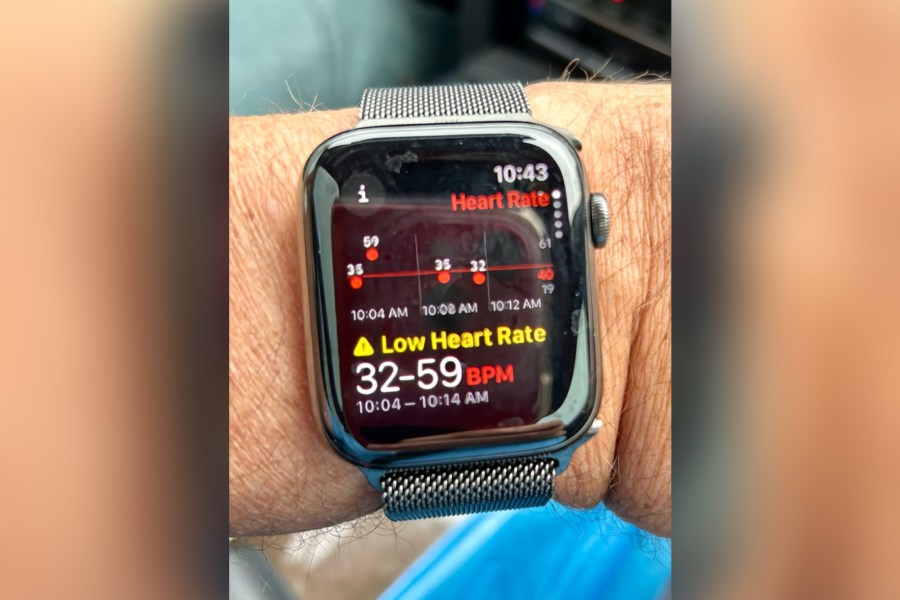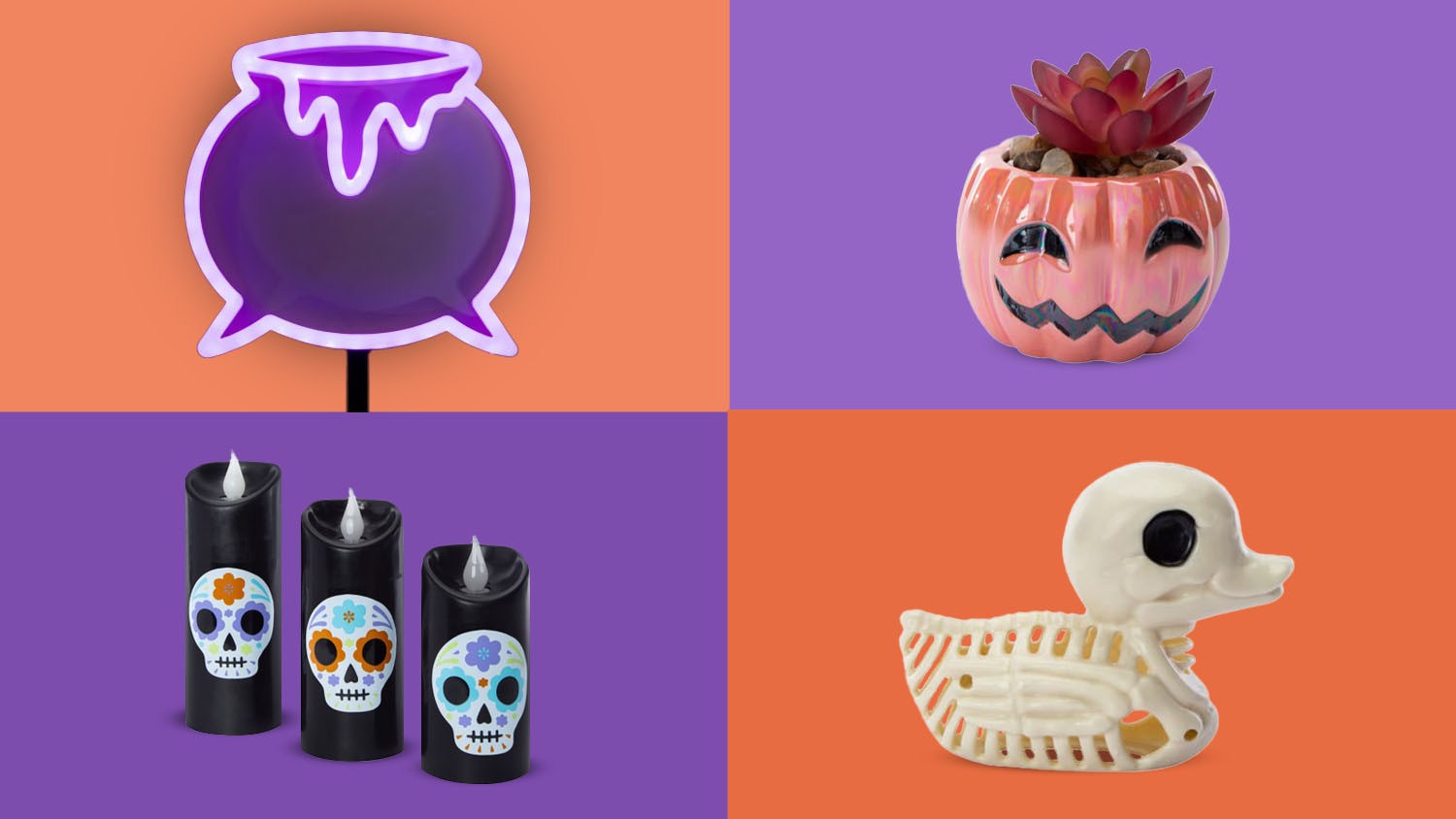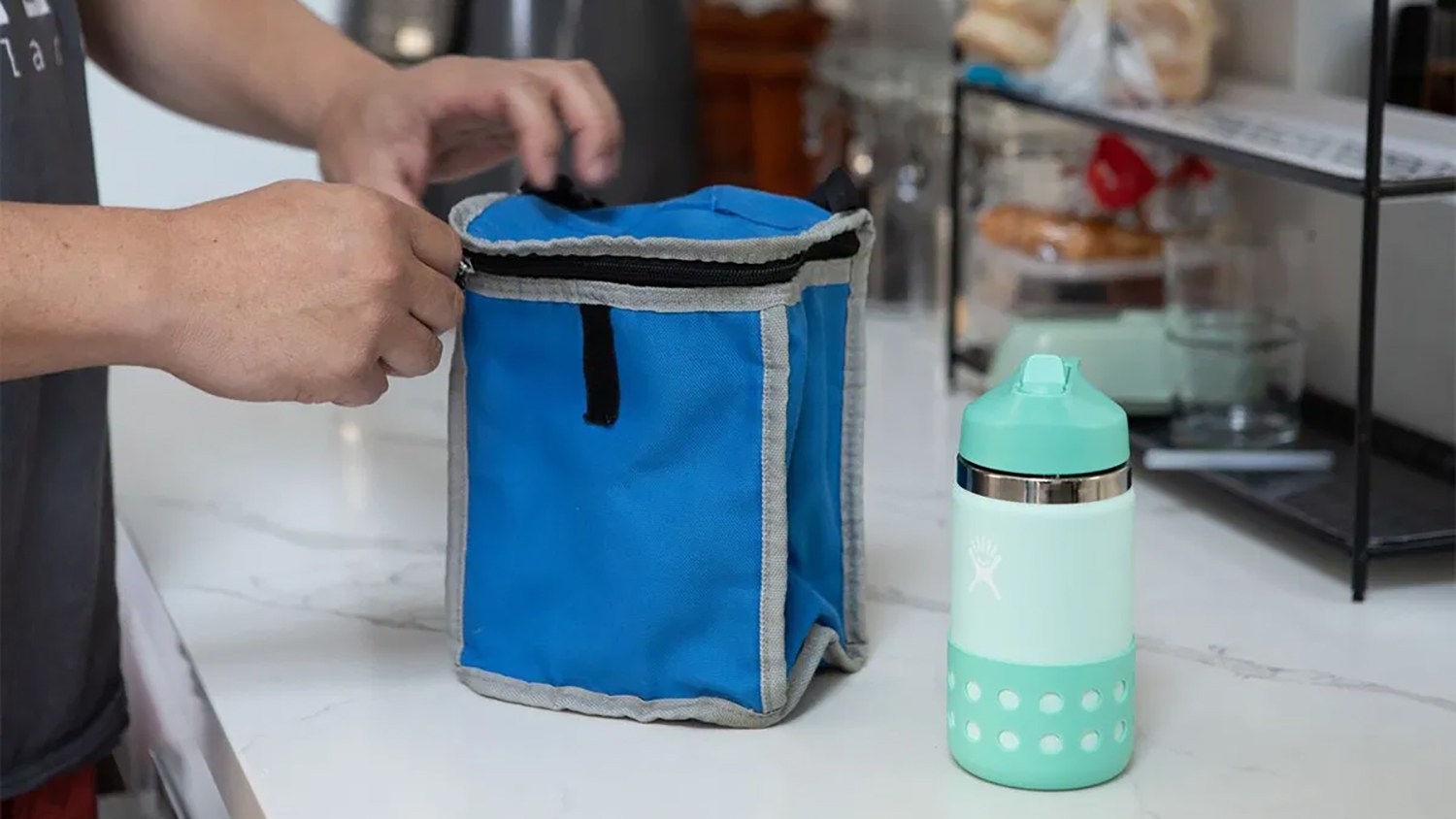Peter Moore has a newfound respect for his Apple Watch.
“I wouldn’t be here if it wasn’t for this little device,” said Moore, a Montecito, California resident.
The former tech executive was on the way to the airport to pick up his daughter when he felt off.
“I felt a little lightheaded and a little faint, and like a typical male, I thought, ‘I’ll go to Starbucks. That’ll fix it,'” Moore explained.

But then, he got a notification.
“My phone started to ping and said “low heart rate,” which I’d never seen before. And so I looked at it… my heart rate had dropped to 32. And it was insistent in its notifications that something wasn’t right,” said Moore.
He got in touch with his wife who told him not to move. She came to get him and rushed him to the hospital.
“The doctor kind of theatrically ran in and said, ‘This is not good. This is not good. You need a pacemaker right now,'” Moore said.
“Yes, his watch had a big role in saving his life,” said Omid Yousefian, the cardiac electrophysiologist at Sansum Clinic Cardiology who treated Moore.
“These days, 25% of the population over the age of 40 … have a high chance of experiencing atrial fibrillation,” Yousefian explained.

He says wearables can easily detect unusually low and high heart rates, along with heart block, a condition where electrical signals in the body are disrupted. But he said to keep in mind their limitations – they can’t detect heart attacks.
“For us physicians, symptoms are the most important thing. [Moore] was notified by his watch that his heart rate is slow and he correlated that with the symptoms that he had. So he didn’t wait. He didn’t sit. He came to the hospital directly. So he made a very smart move,” said Yousefian.
Follow Tech Reporter Rich DeMuro for more tech news, tips and reviews.
Within hours, Moore had a pacemaker implanted to help regulate his heartbeat.
When I asked Moore how he feels now, he said “I feel great.”
While he’s always embraced technology, he’s not taking his Apple Watch off anytime soon.
“I think that the wearable market, in particular, for the value it provides, not just in your daily life, but literally informing you about your health in real-time. And in my instance, I think, saving my life,” concluded Moore.






























